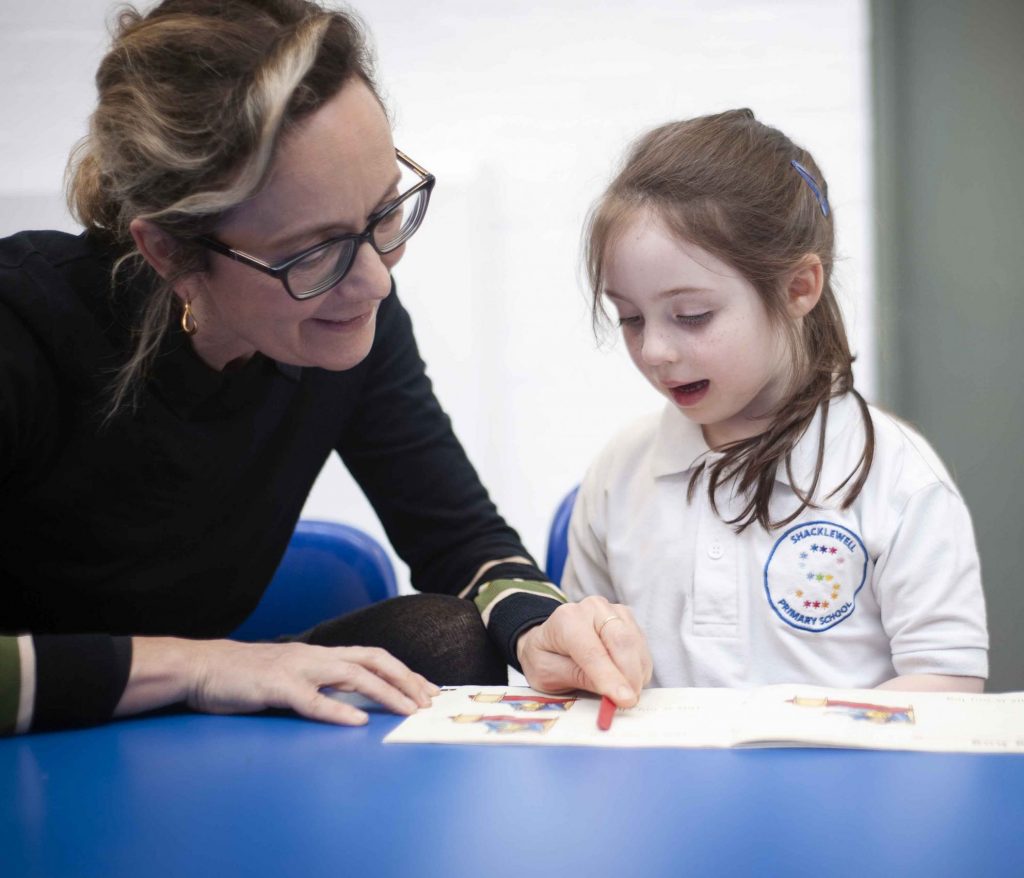Is FRED’S PAL strong?
This might help you remember what inspectors will be looking for!
Fidelity to an SSP programme, from sounds to fluency
Reception – make a strong start
Expertise – build a strong team to teach phonics and early reading
Decodable books – carefully matched to children’s phonic knowledge
Stories – the best
Progress of lowest 20% – strong
and
Leaders ensure every child reads in their school.
During all inspections of infant, junior, primary and lower-middle schools, inspectors must focus on how well pupils are taught to read as a main inspection activity. They will pay particular attention to pupils who are reading below age-related expectations (the lowest 20%) to assess how well the school is teaching phonics and supporting all children to become confident, fluent
readers.
Inspectors will listen to several low-attaining pupils in Years 1 to 3 read from unseen books appropriate to their stage of progress. They should also draw on information from the school’s policy for teaching reading, phonics assessments, phonics screening check results and lesson observations.
In reaching an evaluation against the ‘quality of education’ judgement, inspectors will consider whether:
• The school is determined that every pupil will learn to read, regardless of their background, needs or abilities. All pupils, including the weakest readers, make sufficient progress to meet or exceed age-related expectations.
• Stories, poems, rhymes and non-fiction are chosen for reading to develop pupils’ vocabulary, language comprehension and love of reading. Pupils are familiar with and enjoy listening to a wide range of stories, poems, rhymes and non-fiction.
• The school’s phonics programme matches or exceeds the expectations of the national curriculum and the early learning goals. The school has clear expectations of pupils’ phonics progress term-by-term, from Reception to Year 2.
• The sequence of reading books shows a cumulative progression in phonics knowledge that is matched closely to the school’s phonics programme.Teachers give pupils sufficient practice in reading and re-reading books that match the grapheme-phoneme correspondences they know, both at school and at home.
• Reading, including the teaching of systematic, synthetic phonics, is taught from the beginning of Reception.
• The ongoing assessment of pupils’ phonics progress is sufficiently frequent and detailed to identify any pupil who is falling behind the programme’s pace. If they do fall behind, targeted support is given immediately.
• The school has developed sufficient expertise in the teaching of phonics and reading.

